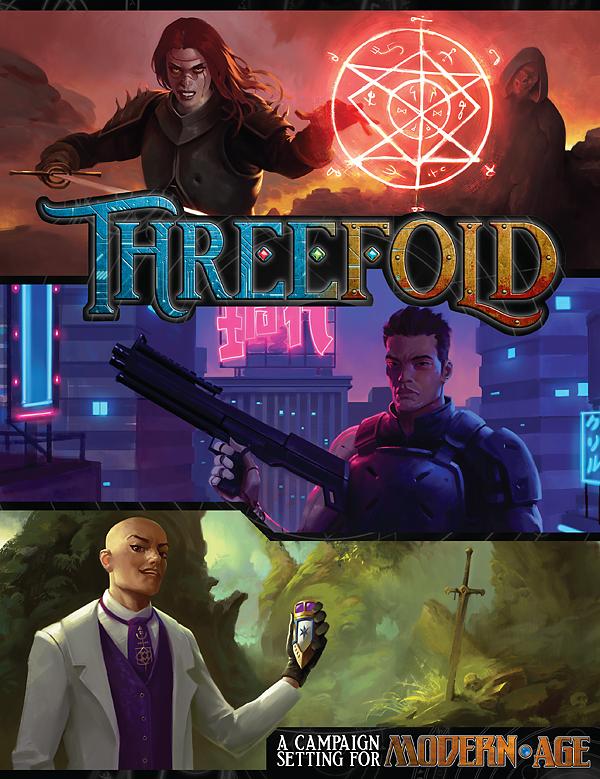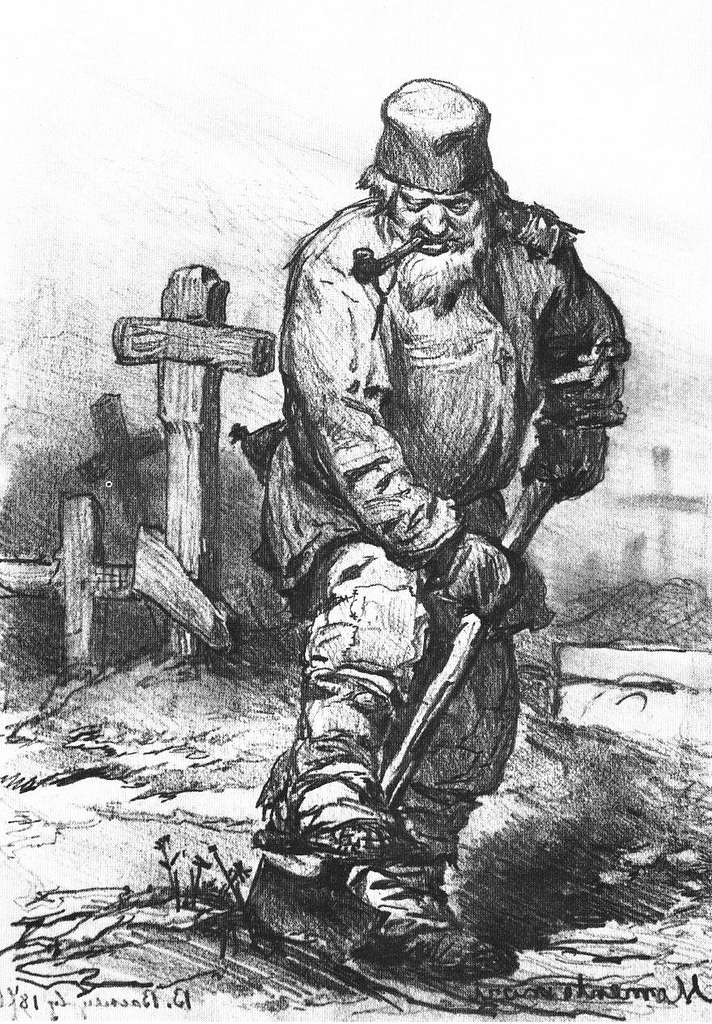Do you ever look at a TV show or a movie, and think to yourself, I could absolutely play in that world? Plenty of gamers do. I suppose it is the same sort of inspiration that fan fiction writers get. There is something about looking at a well-formed world, that makes you want to play there.
I recently watched the first season of Lost Girl, and I had that reaction. Now the show itself is not super awesome, but it is entertaining. It is a bit sex heavy, like a paranormal romance. There is nothing wrong with that, I guess, but it can be off putting if you are made uncomfortable by sex scenes. The cast is generally pretty interesting, and they do a good job of building a world. 
The heroine in the show is a succubus, which is a sort of Fey. Fey are like the fair folk, or Tuatha de Dannan of Irish myth. All the supernatural beings in that world are considered some sort of Fey. This is the first world rule that you can look at for game world design. This simplifies things as it makes everything fit into a familiar framework. The succubus, vampires, werewolves, leprechauns, and basilisks are all Fey, and you don’t need to cook up a new backstory, and metaphysical origin, for each. Having a framework is something that simplifies the world and helps give it parameters. That is important in fiction and in game design.
Most of the Fey feed on humans in some manner. This shapes their relationship to humans, and it helps define their differences. Each of them also has a power, usually related to how they feed, but not always, and weaknesses unique to their breed. They are not immortal, but ageless for the most part. These points make it easier to define the individual characters. In designing a game for this setting, you would want to require the pc’s choose what they need, what their power was, and maybe a weakness as well. That weakness can be a difficulty in controlling their urges like the protagonist, or maybe silver as is the case with the werewolf. If I were doing this in Fate system, for instance, the High Concept would be their type, and powers would be acquired, and the weakness would be an aspect.
The Fey fall into two camps, for the most part. The Light Fey are ostensibly are for the good aspects, and protecting humanity. This is not always true, though. A lot of the Light Fey look at humans as pets or annoyances. The Dark Fey are all about the nastier side. Humans are cattle put there for the Fey’s amusement. They are decidedly not friendly but they are not always kitten eating evil. They all see humans as beneath them. They obey rules and compacts that exist to keep them from going to war again. Many of these compacts were set in place by a peace making Blood King a 1000 or more years earlier. These societal rules, and history elements, make the world feel more real. It grants a level of verisimilitude to have factions with definable traits and expected behavior. You can break those expectations, but it should only be done as something you draw attention to the oddity of it. The heroine in the series is unaligned, but it is made clear, this is not only unusual, but it brings its own complications. When defining the game elements, you would want to makes sure those defined behavioral expectations are known, and also the consequences for stepping out of them. If a Light Fey kills a Dark Fey, or vice versa, a war could result that might kill a large number of humans as well. The consequences are well defined and that will help govern behavior, for PC and NPC alike.
Converting a world from one medium, like a TV show, to a game world is a fun exercise. It can provide you with fun worlds to play in, and it can also help you further refine your own skills at world design. Even as an intellectual exercise, the value is definitely there. The decisions you make in the process with will help you make better world of your own, whether it is for writing or gaming.



